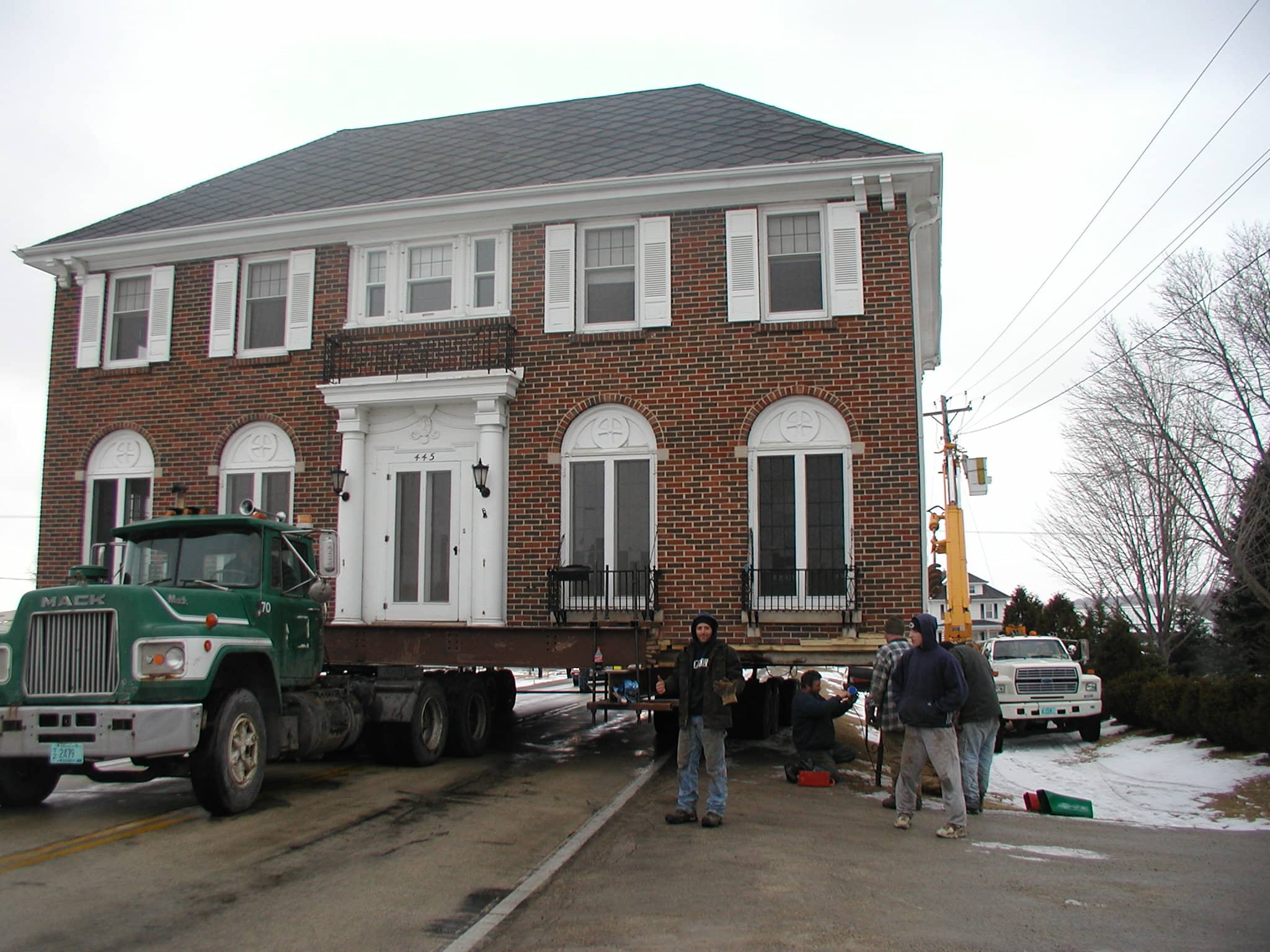Moving a historic house or building is sometimes the only way to save it. Relocating a historic building is a significant undertaking. Whether you’re moving a small home or a larger government building, it takes planning and resources to see the project through.
Before embarking on a historic relocation project, you need to keep a few things in mind. In this article, we guide you through must-know information and tips for relocating historic buildings and homes.
Will Moving a Historic Building Change Its Classification?
In almost every case of historic building relocation, you want to move the structure for legitimate reasons. Maybe it’s at risk for flooding, and you move it to protect it from water damage. Maybe the current location isn’t ideal, and relocating the building provides more opportunities for others to see it and learn about it. Whatever your reason for moving your historic building, you want to make sure the move doesn’t change the building’s classification.
A building doesn’t achieve “historic” status simply because it’s old or is the site of a historical event. The National Register of Historic Places employs a team of preservation experts who determine a building’s historical significance. This team evaluates nominations and decides if a building is worthy of the designation.
Sometimes, a building’s historical significance is tied to not only the structure itself but to the building’s location as well. This could prove a difficult hurdle to jump when you’re trying to relocate a historic building.
Before you plan your move with your contractor, contact your State Historic Preservation Office. They can walk you through your move and determine if relocating a historic building will change its classification or status.
Will the Move Affect Its Historic Value?
When relocating a historic building, you take a chance on the structure incurring damage. With historic buildings, even minor damages need to be recorded and address by a professional so the structure doesn’t lose historic value.
Before you move a historic building, hire a preservation consultant. It’s their job to evaluate your building for historical accuracy. After you have successfully relocated the building, a preservation consultant can document any damage incurred and formulate a plan to repair or restore it to its original condition.
By hiring a preservation consultant, you’re ensuring that your building doesn’t lose its historic value during the move, and if any part of the structure is damaged, you can have it repaired to retain its historical value and accuracy.
Creating a New Foundation
Any time you move a historic building—or any building, for that matter—you’ll need to plan for a new foundation at the final location. Foundation planning is a key component of historic building relocation.
Most historic buildings aren’t perfectly square. Because of the unique dimensions, it’s easier to build a foundation once the building is on its new property. This process typically involves moving a building from its original location and keeping it raised while the new foundation is laid. After the new foundation has cured, your contractor will lower the historic, then remove the lifting equipment.
A new foundation is usually made with modern techniques. When possible, utilize historic techniques and materials to maintain the historic integrity of your building.
Acquiring Permits
You’ll need to acquire several permits to move your historic building: building permits for the new foundation and other construction that will take place at the new location; utility permits if power lines need to be raised out of the way; and other permits for blocking off streets. Contact your local government to determine which permits you’ll need to move the building.
Utilizing the Right Equipment and Expertise
Once a historic building is gone, there’s no bringing it back. That’s why we urge you to be picky about choosing a lifting and moving contractor. When looking for contractors to move your building, find firms that have experience handling this type of structure. Historic buildings often require special attention and a careful touch, and if you don’t know what you’re doing, you can easily damage the building.
The team at DeVooght House Lifters boasts decades of historic building and house lifting a relocation experience. We utilize state-of-the-art equipment to ensure your historic building is handled with care, and the relocation goes smoothly.
We know that when you hire us for a project, you’re entrusting decades and even centuries of history into our hands. Our team does everything in our power to protect your building’s structural and historic integrity to provide you with a successful relocation.
Conclusion
When you relocate a historic building, you’re continuing to preserve the history contained within the structure’s walls. But moving these buildings takes planning and expertise to ensure you maintain their historic integrity. We hope we’ve provided some helpful information to make your historic building relocation a success!

